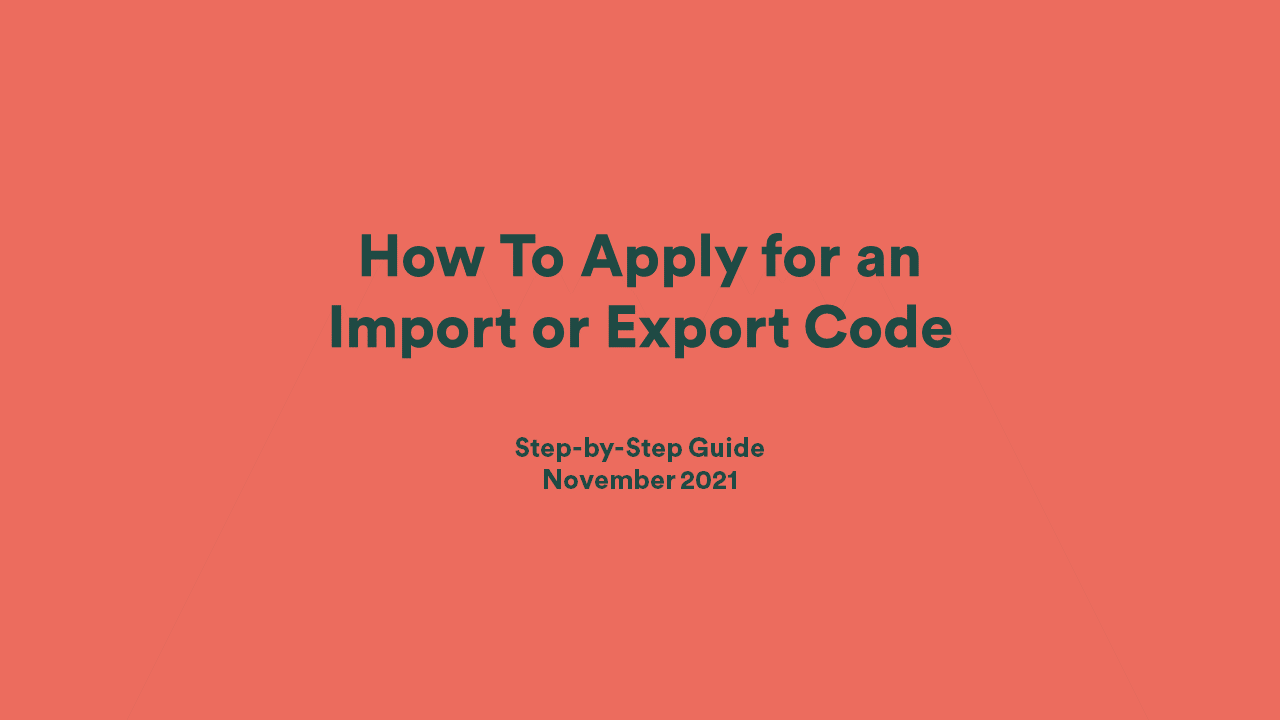Published on Dec 09, 2022
Shipping To Amazon FBA in UAE and KSA
If you sell or are planning to sell your
products as an Amazon Seller in KSA or UAE, then shipping to Amazon FBA warehouses is one of
the most crucial steps.
I
– What is Amazon FBA:
Fulfilled by Amazon (FBA) is a service
provided by Amazon to third-party sellers that sell on the Amazon platform. By
enrolling with Amazon FBA, sellers can let Amazon handle the warehousing,
fulfillment, delivery, and returns of their orders. That helps automate the logistics
process for products sold on the platform.
The main advantages of selling through FBA
are the “Prime” badge as well as the effortless shipping process. A Prime badge
is a marketing tool by Amazon that would ensure your products have priority in
listing because they are fulfilled by Amazon. In addition, the effortless
shipping will ensure quick turnaround times for your products to be delivered.
On the other hand, Amazon FBA comes with
disadvantages as well. The primary disadvantages are the costs and lack of
flexibility associated with selling on Amazon FBA. FBA is a handy service
however it will cost quite a bit. To an extent where sometimes FBA does not
make sense for low-cost items. To that end, Amazon has developed a useful
calculator that can determine whether or not it makes financial sense for your
products to be listed on Amazon. Furthermore, having your stock in Amazon FBA
warehouses essentially means that that stock cannot be used for sales across
other channels if you are pursuing an omnichannel strategy. This leads to a
lack of flexibility in managing your inventory across D2C and marketplace
channels.
Nonetheless, Amazon FBA is still a great
option. But if you decide to go down that route – you need to identify methods
of shipping your inventory from the supplier to Amazon FBA Warehouses. We hope
that the below guide will help with that.
II – Creating a Shipping Plan for Amazon
FBA
The first part of the process is creating
an Amazon Shipping Plan. The shipping plan highlights to Amazon, the products
that you will be sent to their FBA warehouses. This shipping plan can be
created through your seller central backend under the Manage Inventory tab.
Note: Your products must already be listed with Amazon at this stage.
Once you’ve identified the products that
need to be sent, you need to click on Send/Replenish inventory next to the
product menu. This will automatically redirect you to Shipping where the
shipping plan is created. You will need to coordinate with your supplier or
logistics partner when identifying the format your shipment is structured in.
Amazon will only allow you to send a certain quantity to their warehouses
depending on the capacity they have provided you with.
For more details on creating a shipping
plan, we will be linking a more descriptive video toward the end of the blog.
III – Sending a Shipment to Amazon FBA
Once you have created your shipping plan,
you will now need to physically send your products to Amazon FBA warehouses in
UAE or KSA. Sending shipments to these warehouses will depend on whether your
products are in the country of the Amazon warehouse or outside the country.
If your products are already in the
country, then this process is straightforward. First, as an Amazon Seller in KSA or UAE, you need to ensure that
your supplier or logistics partner properly labels the products with the FNSKU
labels and the boxes marked with the shipping label. Each box arriving at the
Amazon warehouse should only contain the shipping label clearly on the side of
the box. In parallel, an appointment must be booked with Amazon. Once the order
is prepared following Amazon’s standards and the appointment is confirmed, you
can hand over the products and the appointment slip to a logistics or delivery
partner that can arrange for the delivery of the products to Amazon Warehouses.
In the UAE and KSA, Amazon does not provide this service through its carriers.
As such, it has to be managed by the sellers independently.
On the other hand, if your products are not
in the country, then the process is a bit more complicated. For example, if you
may be manufacturing your products in countries such as China or Turkey.
Alternatively, your products may be stored in an international HQ. Then, in
that case, you need to find a reliable partner that can manage the door-to-door
shipping from the origin to Amazon warehouses.
Since Amazon Sellers in UAE and Saudi Arabia do not get FBA prep services via Amazon, that means your products need to either be
prepped at their origin or when they enter the UAE through a third-party
provider.
As such, when shortlisting a partner for
such a transfer, you need to assess a few things. The first step is determining
whether the partner has the capability to pick-up your goods from the country
of origin and then ship them to the destination country. Once your products
arrive at the port, then the goods will have to be cleared. If you have a trade
license in the destination country then that should not be an issue. However,
if you do not, then you need a partner who can also provide you with Importer
On Record (IOR) as a service to clear the goods under their company name. This
will essentially mean that the third party is acting as your consignee for the
shipment.
Once the products are cleared through the
port, they need to be parked at a warehouse. At the warehouse, the provider
needs to ensure that the products are labeled following the Amazon standards
set out above. If they are, then the seller can proceed with making an
appointment for delivery to be made to Amazon. At this point, the logistics
partner will arrange for the products to be delivered to Amazon.
Apart from being more efficient, this
direct shipping model from origin to Amazon warehouses will help reduce your
costs significantly. That way, you only ship what you want to sell from your
supplier directly to FBA. By doing so, you will avoid additional costs normally
incurred such as warehousing, staffing, and labeling. The only caveat is that
you need a reliable partner that can assist with these steps. If you are
struggling to find such a partner, reach out to us for a free consultation call
on how we can help.
For Amazon sellers that are concerned about having a license before setting up in UAE and KSA, read this blog to find out more about how to avoid.
For a detailed breakdown of creating a
shipping label, our friends at Amazon Seller Society have made a full video for
this on this link.



